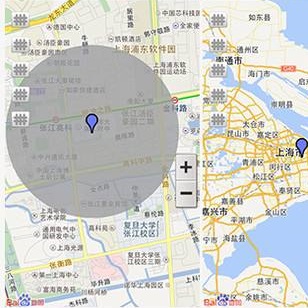Efficient object level representation for monocular semantic simultaneous localization and mapping (SLAM) still lacks a widely accepted solution. In this paper, we propose the use of an efficient representation, based on structural points, for the geometry of objects to be used as landmarks in a monocular semantic SLAM system based on the pose-graph formulation. In particular, an inverse depth parametrization is proposed for the landmark nodes in the pose-graph to store object position, orientation and size/scale. The proposed formulation is general and it can be applied to different geometries; in this paper we focus on indoor environments where human-made artifacts commonly share a planar rectangular shape, e.g., windows, doors, cabinets, etc. The approach can be easily extended to urban scenarios where similar shapes exists as well. Experiments in simulation show good performance, particularly in object geometry reconstruction.
翻译:单眼语义同步本地化和绘图(SLAM)的高效目标水平代表仍然缺乏广泛接受的解决方案。 在本文中,我们提议使用基于结构点的高效代表法,用于根据地形图配制的单眼语义SLAM系统中用作里程碑的物体的几何测量。特别是,为配置图中的里程碑节点提出了反深度的对称,以存储物体位置、方向和大小/尺度。拟议的配方是一般性的,可以适用于不同的地理格局;在本文中,我们侧重于室内环境,即人造文物通常具有板形矩形形状,例如窗户、门、柜子等。 这种方法可以很容易推广到存在类似形状的城市情景。模拟实验显示良好的性能,特别是在天体几何几何结构重建中。



